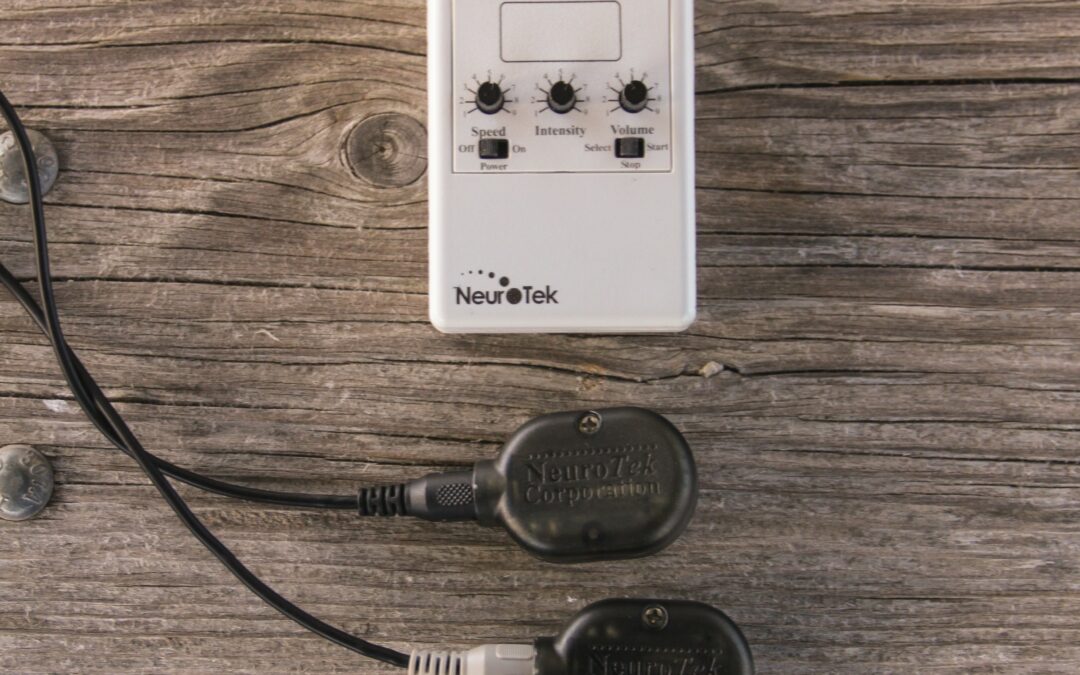Believe it or not, nearly 20% of adults in the United States suffer from anxiety disorders.
For anyone who has experienced any type of trauma during their lifetime, this statistic probably isn’t surprising at all. If you are one of the tens of millions of people coping with trauma, it’s no secret that life can often seem hopeless.
Fortunately, there’s help for those seeking to overcome the pain of living with extreme anxiety and depression caused by traumatic events. Here we take a look at EMDR therapy, a mental health tool that can help improve your quality of life. Keep reading to learn more.
UNDERSTANDING THE BASICS OF EMDR
Let’s start with the basics. EMDR stands for Eye Movement Desensitization and Processing. But what exactly does the term mean?
Well, it’s important to understand that trauma impacts the brain. That’s why it often feels so impossible to move on and simply forget about a traumatic event that has occurred in your life.
Take a moment to think about the fact that almost every moment of your daily life comes and goes like background noise and you never really think about them or miss them. Each of us is surrounded by imagery and sounds and people, and we pay attention to very little of it.
But the imagery and sounds associated with traumatic events tend to stick. Thus they replay over and over as an overreaction to life circumstances in your mind (called emotional flashbacks) forcing you to relive the trauma an endless number of times.
The purpose of EMDR is to reduce the intensity of the traumatic event so that it becomes nothing more than another random memory stored inside your brain.
HOW DOES EMDR WORK?
EMDR was actually discovered by accident when a psychologist realized that when she moved her eyes rapidly from side to side while remembering a traumatic event, the intensity of the memory began to fade.
Over the years, a number of techniques and tools have been developed to enhance the effectiveness of EMDR therapy. This includes the use of tones, vibrating hand paddles, and flashing lights that help the brain release the negative energy created by trauma.
THE EMDR PROCESS
Now let’s talk for a moment about the step-by-step process of EMDR.
It’s important to note that EMDR can be a difficult experience at times. After all, you’ll be guided through the traumatic memory or painful emotions over and over, which is obviously quite unpleasant for most people.
This is especially true when the memory in question is extraordinarily triggering. But with the guide of an experienced EMDR therapist you can work at a pace that feels comfortable to you so it won’t be an overwhelming experience.
The process itself is simple enough. In most cases, the patient will be asked to sit upright in a comfortable chair. Every therapist is different, but most will provide the patient with some type of device that’s intended to help facilitate the EMDR experience.
Typically, the patient will be asked to wear headphones. The purpose of the headphones is to provide a tone that will alternate from side to side, from one ear to the other. Or you might be instructed to hold paddles that produce a vibration that alternates from one hand to the other.
You might also be asked to stare at a flashing light that bounces from side to side. But again, every therapist has their own preference regarding the types of devices used during EMDR sessions.
During the course of the EMDR session, your therapist will gently walk you through the traumatic experience.
You will close your eyes and begin reliving the moments leading up to the traumatic event, and then through the event itself.
As you relive the traumatic moments in your mind, the tone in your headphones and the vibration in the handle paddles will continue to alternate from side to side, causing your eyes to track back and forth to the same rhythm.
WHAT DOES THE THERAPIST DO DURING EMDR?
An experienced EMDR therapist will understand how to gently walk each patient through the events that caused the trauma. The key here is to be as gentle and patient as possible.
In most situations, the therapist will ask a series of questions designed to help the patient be as specific and detailed as possible. That’s because it’s important to dig out every bit of detail associated with the trauma so that the mind and body can heal.
It’s also important to understand that an experienced therapist will never push you beyond what you can handle during any given EMDR session. In other words, they should be ready to end the session if the patient is being overcome by a wave of intense emotion.
When this occurs, you can always step away, spend time recovering, and then try again at a future time when you don’t feel as overwhelmed or vulnerable.
And yet it’s crucial to explore as much of the pain as possible and be willing to allow yourself to push through the pain even if it is difficult.
CHOOSING A THERAPIST FOR EMDR TREATMENTS
Find a therapist with plenty of experience using EMDR to treat patients. Feel free to ask lots of questions. Inquire about their specific EMDR techniques, and don’t be afraid to ask about their success rate in using EMDR to treat severe trauma.
Keep in mind that a reputable EMDR therapist will be happy to answer your questions and offer as much feedback as you need to feel comfortable working with them.
A GUIDE TO UNDERSTANDING EMDR THERAPY
It’s important to understand that if you are struggling with trauma, you’re not alone. The good news is that EMDR therapy can help reduce the symptoms of trauma so that you can live the happy and healthy life that you deserve.
Please contact us today to schedule a free 20-minute consultation to discuss how EMDR might be right for you.


